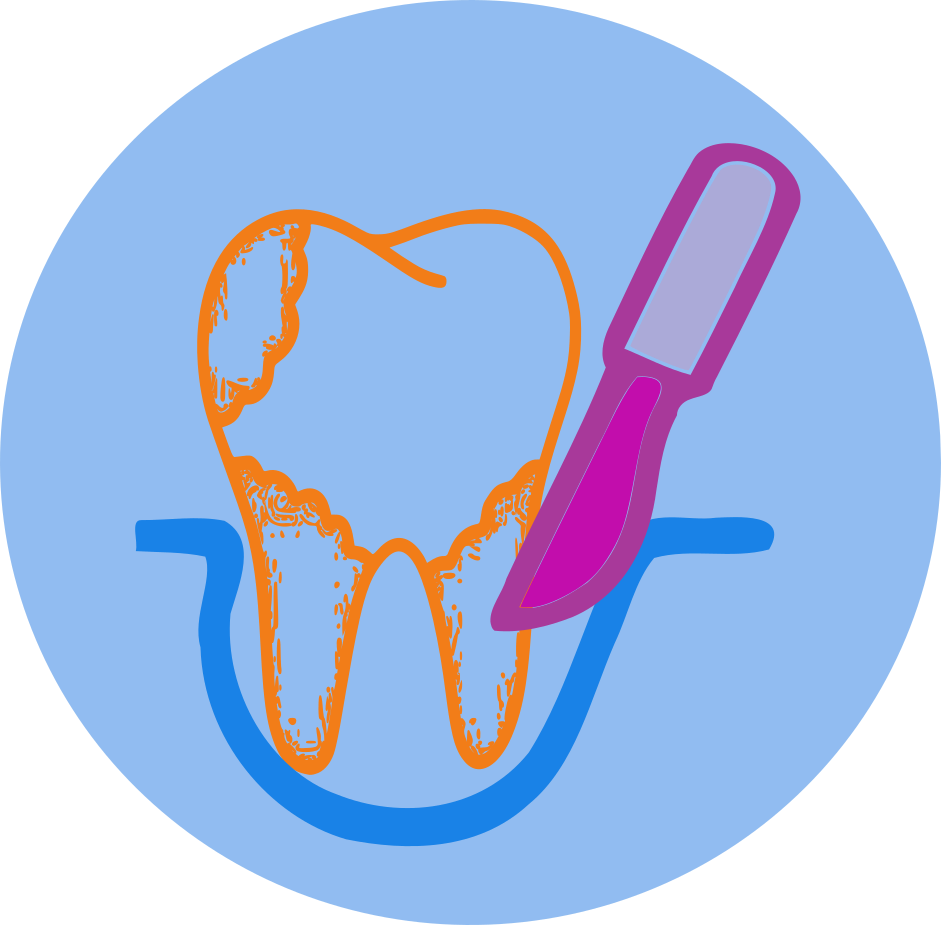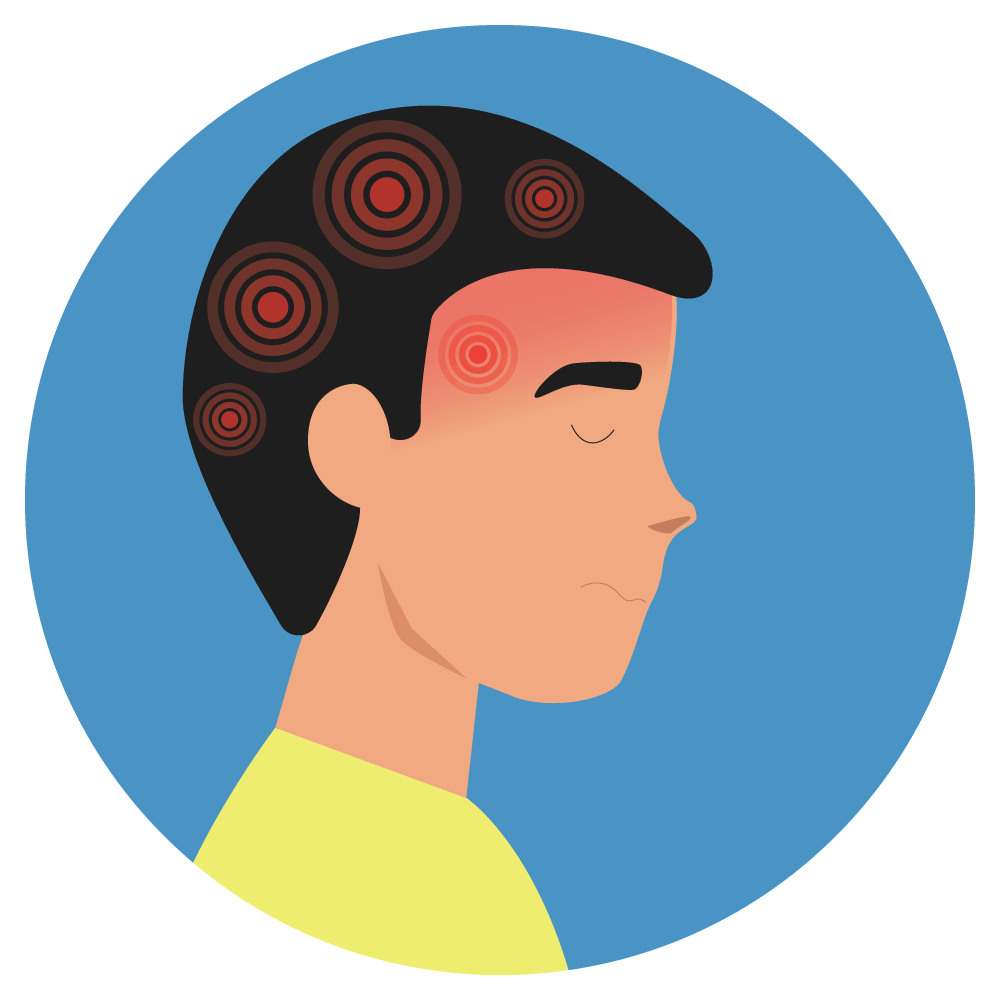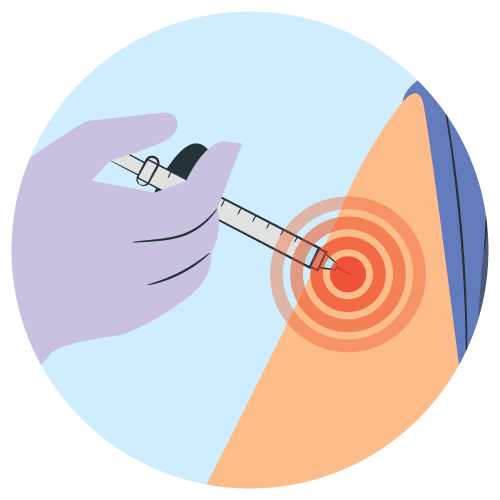| Name | Articaine Hydrochloride + Epinephrine |
| Classes |
Dermatological/Topical Agent Anesthetic Local Anesthetic |
| Diseases |
Anesthesia Infiltrative Dental Anesthesia Local Anesthesia |
Articaine Hydrochloride + Epinephrine
Articaine Hydrochloride + Epinephrine is a local anesthetic. Articaine Hydrochloride diffuses into nerve cells, where it binds to sodium channels, preventing them from opening and blocking sodium ion influx. Nerve cells that are unable to allow sodium into their cells are unable to depolarize and conduct nerve impulses. Epinephrine is a vasoconstrictor.
Articaine Hydrochloride + epinephrine is indicated for local, infiltrative, or conductive anesthesia in both simple and complex dental procedures.
For dental injection by submucosal infiltration and/or nerve block:
- For infiltration: 0.5 mL-2.5 mL (20 mg-100 mg articaine HCl)
- 0.5 mL-3.4 mL (20 mg-136 mg articaine HCl)
- For oral surgery: 1 ml-5.1 mL (40 mg-204 mg articaine HCl)
- For most routine dental procedures, Articaine containing epinephrine 1:200,000 is preferred. However, when more pronounced homeostasis or improved visualization of the surgical field are required, Articaine containing epinephrine 1:100,000 may be used.
- Dosages should be reduced in pediatric patients, elderly patients, and patients with cardiac or liver disease.
The most common adverse reactions are headache and pain.
- Accidental Intravascular Injection: May be associated with convulsions followed by coma and respiratory arrest. Resuscitative equipment, oxygen and other resuscitative drugs should be available.
- Systemic Toxicity
- Vasoconstrictor Toxicity: Local anesthetic solutions like Articaine that contain a vasoconstrictor should be used cautiously, especially in patients with impaired cardiovascular function or vascular disease.
- Articaine, like other local anesthetic solutions containing a vasoconstrictor, can cause methemoglobinemia, particularly in conjunction with methemoglobin-inducing agents.
Contraindication
Contraindicated in patients with Known hypersensitivity to sulfite.
None known
None known
 Bangla
Bangla English
English


